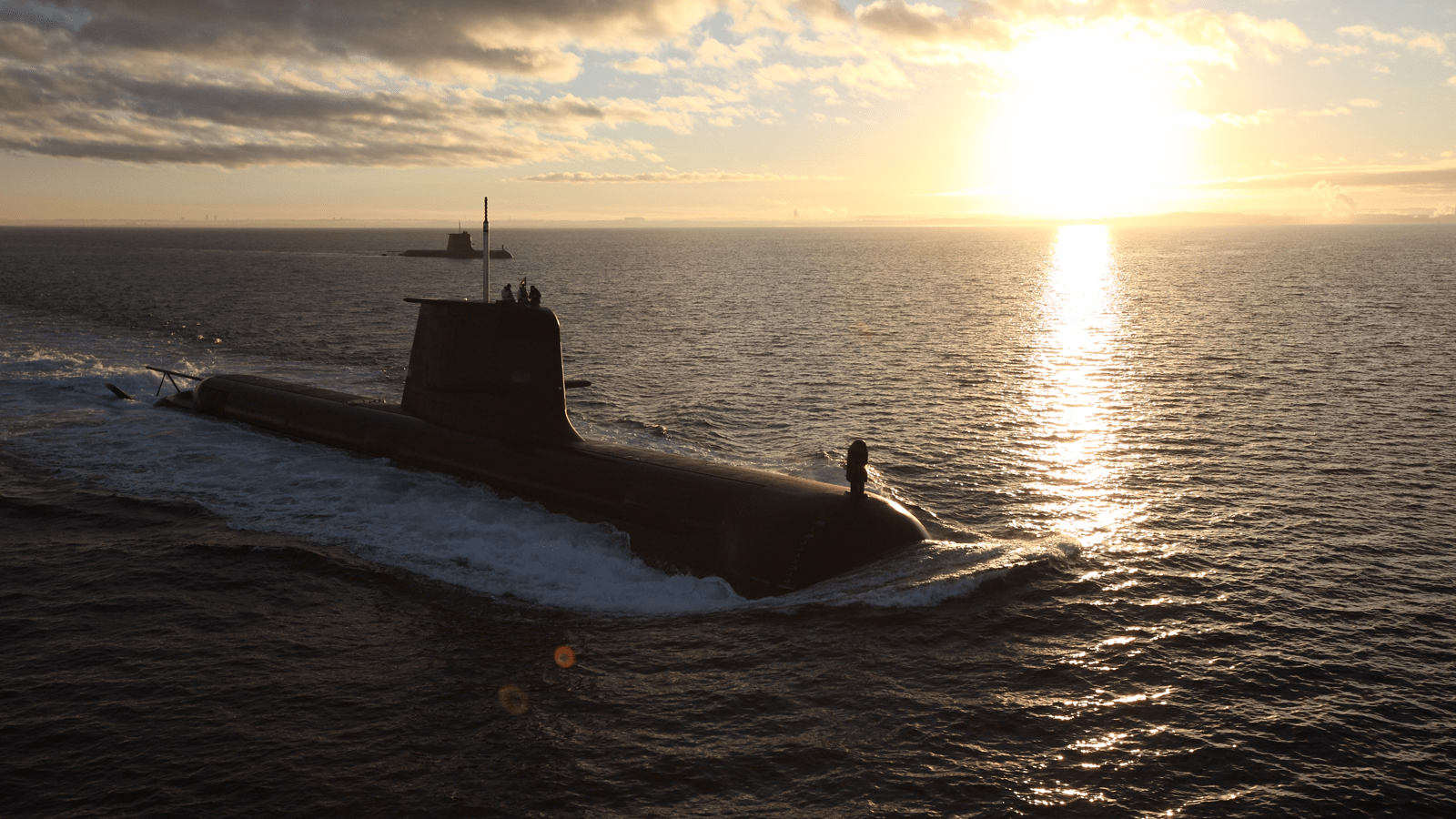Sustainment success to fight and win at sea
Collaboration strengthens the Royal Australian Navy’s maritime presence and readiness at sea
Surrounded by ocean, Australia serves as a constant reminder to the naval-focused engineers, logisticians, project managers, and support staff of how important it is to successfully and reliably sustain the Royal Australian Navy’s minor vessels.
Raytheon Australia Program Director Sean Robson leads the team performing naval capability stewardship in the form of asset management, maintenance assurance and engineering services including performing system upgrades on the Navy’s minor vessels, including hydrographic ship, HMAS Leeuwin. Earlier this year, the team performed a major upgrade to HMAS Leeuwin, providing a unique and critical new technical capability to the hydrographic survey and support ship.
“In close collaboration with the Minor Vessels Systems Program Office (MVSPO), Navy and industry partners, we led the design, install, test and commissioning of a new Synthetic Aperture Sonar system – the Kraken KATFISH™ – onboard HMAS Leeuwin,” Robson said.
“It was a huge achievement for our team, and a positive outcome for Navy. We are geographically dispersed across the country, and work within a complex stakeholder landscape, where we must have agility to meet moving objectives and manage a tight schedule to meet Navy's commitments. Collaboration with our partners and customers is critical to success, and the Kraken upgrade was the exemplar for how we do business.”
A new way to survey the sea
The MV CLCM program is committed to delivering capability stewardship outcomes and the most advanced systems available to ensure the Royal Australian Navy fights and wins at sea.
“We commenced the project planning with MVSPO, Navy and industry partners in February last year, and after the collaborative effort across the project life cycle, we achieved a significant milestone that reflects our collaborative approach to CLCM,” Robson said.
“The addition of the Kraken KATFISH™ system capability on HMAS Leeuwin reflects our commitment to ensuring Navy stay mission ready and trust us to deliver when defending Australia at sea.”
Collaboration is key to sustaining Navy’s readiness
At Raytheon Australia, collaboration is one of the values that underpins team culture.
As the Capability Life Cycle Manager for the Arafura Class Offshore Patrol Vessels and Leeuwin Class Hydrographic Vessel, Raytheon Australia is maturing a whole-of-capability, multi-class asset management approach supporting the Naval Shipbuilding and Sustainment Group, or NSSG.
Savannah Ogborne joined the MV CLCM program as the engineering change project manager, managing the Kraken KATFISH™ upgrade since Raytheon Australia was contracted to be the CLCM for the hydrographic fleet.
“This upgrade success demonstrates the collaborative capability of all enterprise partners working together to navigate delivery challenges, manage risks and deliver best-for-capability outcomes,” Ogborne said.
“Yes – contract documents, change requests and processes are all important, but ultimately it is the behaviour and camaraderie of each party in the enterprise that is key to achieving success for the Navy.”
“Our approach builds trust and accountability by ensuring Navy, Defence and industry operate seamlessly. This eliminates duplication and inefficiency through streamlined planning and delivery, accelerating innovation, bringing decision-makers and technical experts together to solve problems in real time.”
Maritime Sustainment Model and the CLCM
The NSSG Maritime Sustainment Model, or MSM, defines sustainment as a whole-of-life concept, from the design/acquisition phase through to disposal of a vessel.
The Capability Life Cycle Manager forms an integral part of the MSM, an element of the role is creating a vital link between the acquisition projects and the MSM, incorporating lessons learned into the support system and vessel improvements.
Andrew Vlass, acting chief of requirements and capabilities (who was until recently the general manager of above water systems), built his career in Raytheon Australia’s maritime programs, and advocates for the clear accountability this approach produces, ensuring the efficient delivery of services whilst providing long-term certainty for Australia’s defence industrial base.
“Collaboration is critical to ensure the success of the Maritime Sustainment Model and the ability to continue delivering seaworthy platforms to underpin Navy's mission to fight and win at sea,” Vlass said.
“Raytheon Australia has been supporting the Royal Australian Navy’s mission for more than 25 years. With a national workforce and a long-term investment in sovereign capability, we understand what it takes to sustain complex naval systems.”
“As we navigate an increasingly complex geopolitical environment, collaboration remains at the heart of our business and is essential to sustaining a capable, ready, and effective surface fleet.”
“As Raytheon Australia’s MV CLCM program progresses, the team understands better than most that the Royal Australian Navy must be able to fight and win at sea over great distances and for extended periods of time.”
“The readiness required for this mission is strengthened through the collaborative relationships among stakeholders across multiple regions, all working together to deliver and sustain these critical capabilities."


